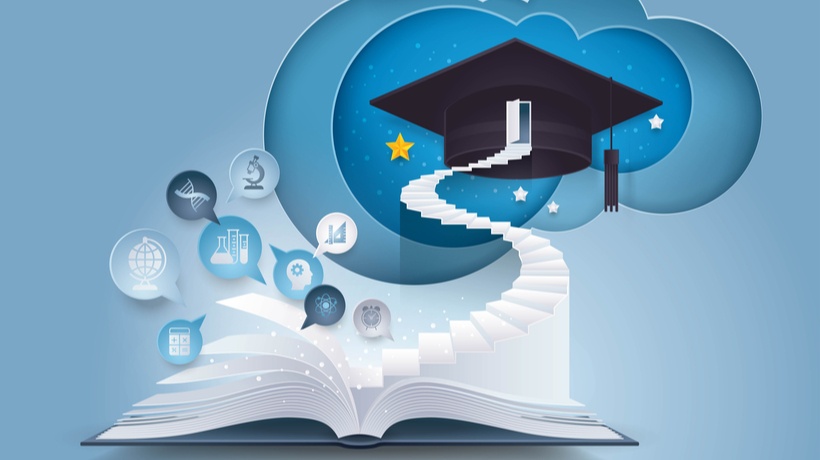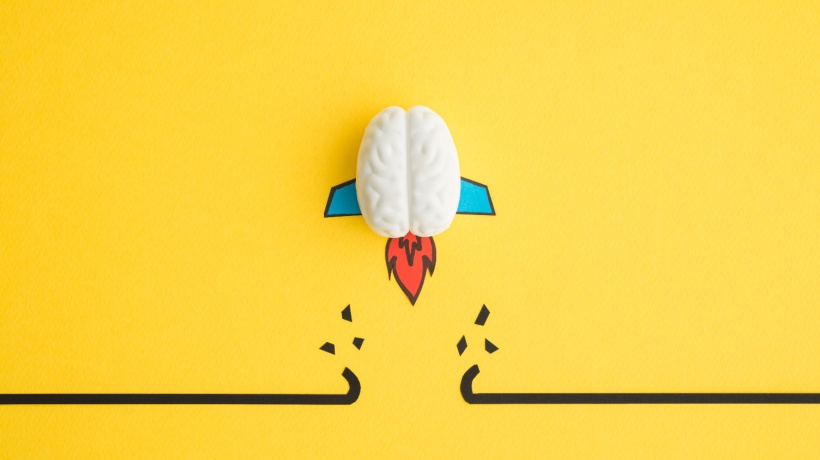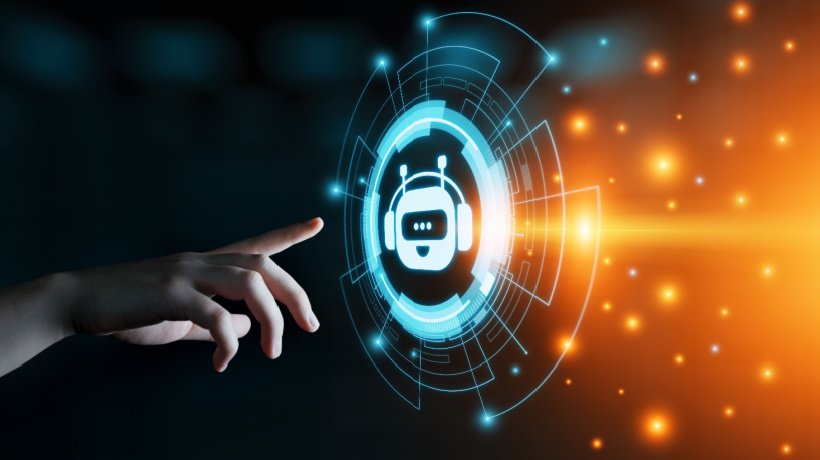A Framework For Education In Changing Times
"Change is the only constant in life." This frequently used piece of philosophy seems to be especially true for education: it had to practically reinvent itself in order to adapt to the new circumstances of the COVID-19 pandemic, and those changes have come to stay. The following framework for institutions, educators, and training staff puts "change" in its center and seeks to provide orientation in times of uncertainty and dynamic developments. It was loosely inspired by the Bagua, a set of eight symbols (the so-called trigrams) which originated in ancient China and sets the basis for the I Ching, the Book of Changes, written between 1000 and 750 BC. It is meant to be compatible with all settings, which combine synchronous and asynchronous learning, such as blended learning or inverted classrooms.
Three Key Factors
How, where, and under which circumstances education can happen is mainly determined by three dichotomies:
1. Asynchronous Vs. Synchronous Learning
Do learners gather at the same time and at the same analog or virtual place or does each of them pursue their learning goals individually at a time and place at their discretion?
2. Learning At Home/On-The-Go Vs. Learning In An Institute’s Premises
Do learners perform their learning activities remotely from home or at a place of their choice or do they come into the premises of an educational institution?
3. Analog Vs. Digital
Do the learning processes mainly rely on analog or digital tools and resources?
Just as the above-mentioned trigrams each consist of three lines, either “broken” (representing the "yin" principle) or “solid” (for the "yang" principle), didactic settings can be seen as the combination of these three dichotomies, which leads to a total of 8 settings. In the following, the names of the eight Bagua trigrams have been used to distinguish and describe each setting.
Education Framework Settings
1. ☰ Heaven (Synchronous, On-Premise, Analog)
This is probably the idea most people have when they think of the concept of "education": learners in a classroom-like setting interacting with a trainer and with each other. After the various pandemic-related measures are suspended, this setting is also what many learners and trainers long for. The combination of synchronous, on-premise, and analog learning allows for great learning experiences, especially when the powers of social learning, collaboration, and problem-based learning are leveraged.
However, this also comes at a cost: institutions have to pay for premises and teaching staff, and learners have to invest their precious time not only for the class itself but also for transport there and back. Considering this, it seems advisable to take maximum advantage of this setting by reserving it for activities which otherwise cannot be performed (or at least not with a comparable quality).
2. ☷ Earth (Asynchronous, Remote, Digital)
This is the opposite of the "heaven" setting. The use of digital tools for learning at home or on-the-go provides flexibility, gives instant feedback on learner interaction, and enables highly individual learning paths at a usually very reasonable cost.
However, the cognitive processes that can be covered in this scenario are often rather basic (remembering and understanding) and need to be complemented with other scenarios, as does the lack of live social learning. This scenario is usually found in learning apps and platforms for self-study, which can handle great numbers of learners.
3. ☵ Water (Asynchronous, On-Premise, Digital)
This scenario combines the flexibility of asynchronous digital settings with the benefits of immediate trainer support in case a learner gets stuck. Imagine a self-learning area in a traditional brick-and-mortar institution, in which each learner pursues their individual goals using online tuition but can still count on the support of their peers or trainers if they need it. Learners get to enjoy the advantages of social interaction while teachers can offer individual support to a large number of learners.
4. ☳ Thunder (Asynchronous, Remote, Analog)
Time for some digital detox? The "thunder" setting takes the learners back to the traditional ways of self-directed learning, using mainly analog resources such as books, lecture notes, and writing implements. Thus, this approach is most appropriate for the concentrated processing of information and diving into new topics which require full attention. The amount of time spent in this scenario should harmonize with the learners' attention spans and ability to self-direct their learning process.
5. ☴ Wind (Synchronous, On-Premise, Digital)
The joint use of digital tools in on-premise settings can lead to interesting and motivating social interactions. Think of quiz-apps, Augmented Reality experiences, or working together on a presentation.
6. ☶ Mountain (Synchronous, Remote, Digital)
Synchronous, remote digital learning has entered our lives at the latest since the COVID-19 pandemic. Training staff have learned to transfer their traditional, classroom settings into the virtual space, using tools such as Zoom, MS Teams, or BigBlueButton. Both teachers and learners had to learn a lot in order to adapt to the new circumstances, and new features have been added to allow for even more interaction during webinars. Thus, it seems logical to keep this scenario in the repertoire and take advantage of its many benefits, such as geographical flexibility and social interaction.
7. ☱ Lake (Asynchronous, On-Premise, Analog)
As with the "thunder" scenario, this is again a phase for concentrated work with analog resources which can take place in libraries or cubicles for self-study. All necessary resources are available on site, as well as the advantage of being able to seek help from peers or trainers—or just interrupt phases of concentrated work for an informal chat. Again, this phase requires the strong ability to self-direct one’s learning process.
8. ☲ Fire (Synchronous, Remote, Analog)
Remote, synchronous learning using just analog tools and resources? Doesn’t seem to work out, does it? This is why the "fire" scenario should serve as a wild card for all the arrangements which refuse to fit in the dichotomies applied until now, such as hybrid settings with learners participating both on-premise and remotely. Augmented Reality building bridges between the analog world and Virtual Reality? Learning scenarios in the metaverse? Welcome to the "fire" scenario.
Conclusion
As often in life, the key to success is balance. In order to optimize learning processes, the eight scenarios need to be combined wisely, considering both the learning objectives at hand and outside factors such as the possibility to gather many people at a certain place, or financial issues such as the cost for training staff.
Which combinations do you think work best for your use cases? Will this framework turn out to be future proof for the next global crisis? I am looking forward to reading your thoughts!









